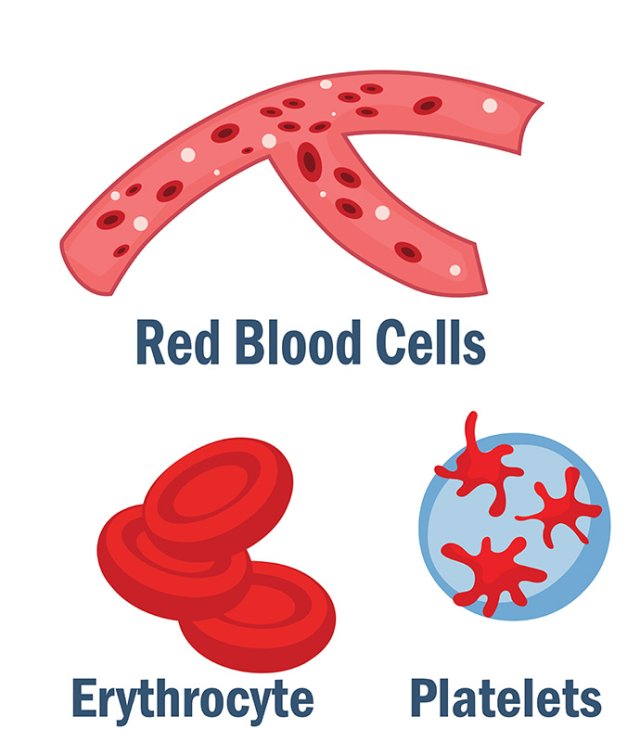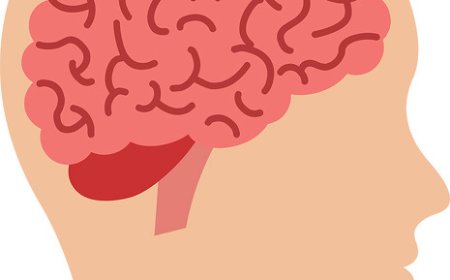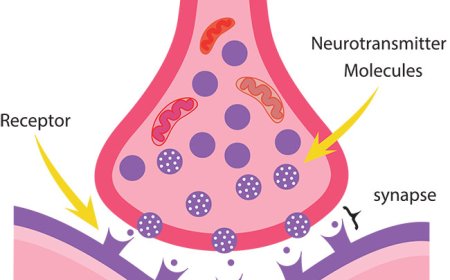Blood Vessels for Kids – Arteries, Veins, and Capillaries Explained
Learn about blood vessels for kids. Discover how arteries, veins, and capillaries move blood through the body and keep your heart and organs healthy.

🧠 Introduction: The Body’s Built-In Road System
Inside your body is a network of tiny roads that never stop working. These “roads” are called blood vessels, and they carry blood to every part of your body. They bring oxygen and nutrients to your organs and take away carbon dioxide and waste. Without blood vessels, your heart couldn't deliver blood, and your cells wouldn’t get the things they need to survive.
Blood vessels come in different sizes and types, but together they make up over 60,000 miles of pathways—long enough to circle the Earth more than twice! They are a key part of your circulatory system, and they keep your body healthy by helping the blood move smoothly and continuously.
🩸 The Three Main Types of Blood Vessels
There are three main kinds of blood vessels, and each has a special role in moving blood through your body. They work like a team, connecting your heart, lungs, and every single cell.
1. Arteries – The Outgoing Highways
Arteries carry blood away from the heart. This blood is full of oxygen and nutrients that your body needs to function.
Key facts about arteries:
- They have thick, muscular walls to handle the high pressure of blood pumped out by the heart.
- The largest artery is the aorta, which branches off from the heart and carries blood to the rest of the body.
- Arteries branch into smaller vessels called arterioles as they reach organs and tissues.
The pulse you feel in your wrist or neck is blood moving through an artery!
2. Capillaries – The Tiny Connectors
Capillaries are the smallest and thinnest blood vessels. They connect the arteries to the veins, and they are found throughout the body, surrounding every organ and tissue.
Capillaries are important because:
- They allow oxygen and nutrients to pass from the blood to your body’s cells.
- They also carry carbon dioxide and waste from the cells back into the blood.
- Their walls are only one cell thick, so substances can easily move in and out.
Capillaries are where the exchange of materials happens—like a delivery driver dropping off packages and picking up trash.
3. Veins – The Return Paths
Veins carry blood back to the heart after it has delivered oxygen. This blood is lower in oxygen and higher in carbon dioxide, and it needs to go to the lungs to be refreshed.
Important features of veins:
- They have thinner walls than arteries and carry blood at lower pressure.
- Many veins have valves—tiny flaps that keep blood from flowing backward.
- The largest veins are the vena cava, which return blood to the heart from the body.
Veins are often blue or purple in color under your skin, but the blood inside them is actually dark red.
🔁 How Blood Flows Through the Body
The movement of blood through vessels follows a loop called circulation:
- The heart pumps oxygen-rich blood into arteries
- Arteries carry blood to the capillaries, where oxygen and nutrients are delivered
- Capillaries pass waste-filled blood into veins
- Veins return the blood to the heart
- The heart sends this blood to the lungs to get fresh oxygen
- Oxygenated blood goes back to the heart, and the cycle starts again
This process happens every moment of your life, even while you sleep.
🧠 Vocabulary List
Blood vessel A tube that carries blood through the body (includes arteries, veins, and capillaries)
Artery A blood vessel that carries oxygen-rich blood away from the heart
Vein A blood vessel that returns blood back to the heart
Capillary The smallest blood vessel where materials are exchanged with cells
Circulation The movement of blood through the heart and vessels
Aorta The largest artery in the body
Vena cava The large vein that brings blood back to the heart
Valves Flaps in veins that keep blood flowing in one direction
Oxygen A gas that the body needs to make energy
Carbon dioxide A gas that the body gets rid of as waste
⭐ Kid-Friendly Summary
Blood vessels are like highways in your body. They carry blood everywhere it needs to go. Arteries take blood away from your heart. Capillaries help pass oxygen and food to your cells. Veins carry used blood back to the heart. Together, these vessels help your body stay full of energy, clean, and alive!
🤯 Fun and Interesting Facts
If you stretched out all your blood vessels, they’d reach around the Earth 2.5 times!
Your capillaries are so small that red blood cells pass through one at a time.
The pulse in your wrist is caused by blood rushing through an artery.
Veins look blue under your skin, but your blood is never blue—it’s always red!
Blood completes a full loop through your body in about one minute.
❓ Interactive Quiz: Blood Flow Check
1. What do arteries do?
A. Bring blood to the lungs
B. Carry blood away from the heart
C. Connect bones
D. Filter waste
2. Which blood vessels are the smallest?
A. Arteries
B. Veins
C. Capillaries
D. Lungs
3. What helps veins keep blood flowing in one direction?
A. Muscles
B. Pumps
C. Valves
D. Nerves
4. What happens in capillaries?
A. Blood is stored
B. Blood cells are made
C. Oxygen and nutrients are exchanged with cells
D. Water is added to blood
5. What is the name of the largest artery?
A. Pulmonary vein
B. Vena cava
C. Capillary
D. Aorta




















































